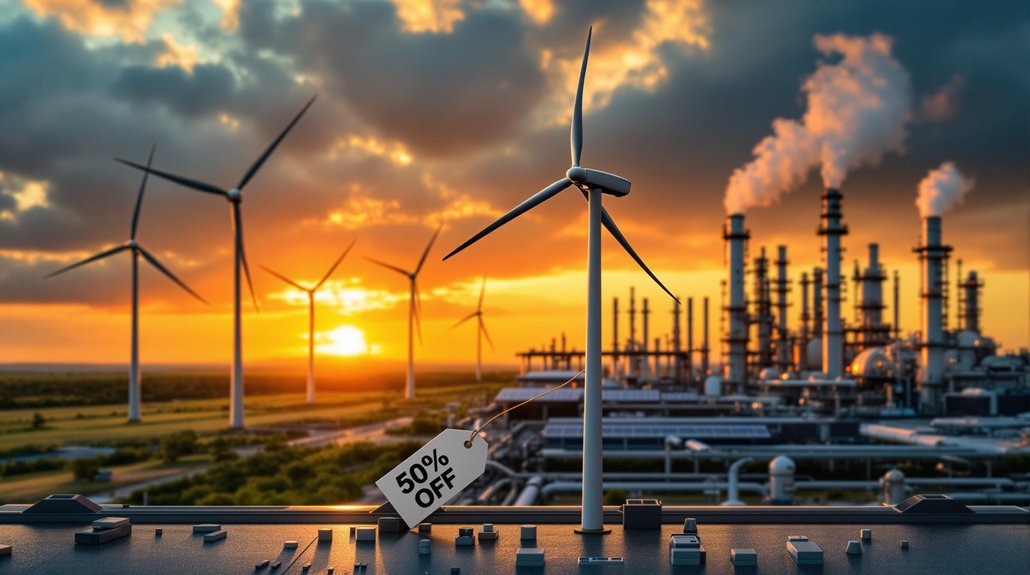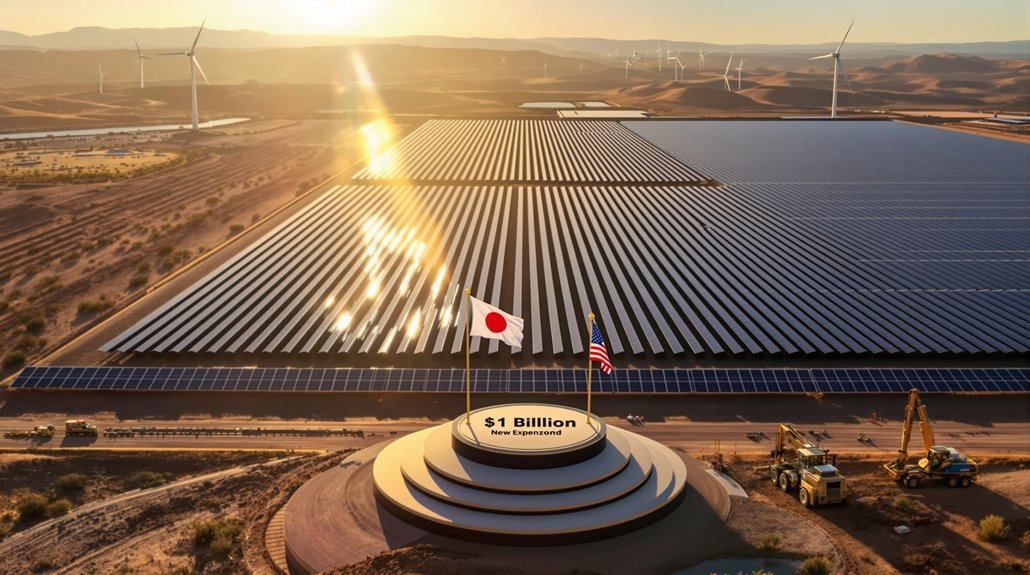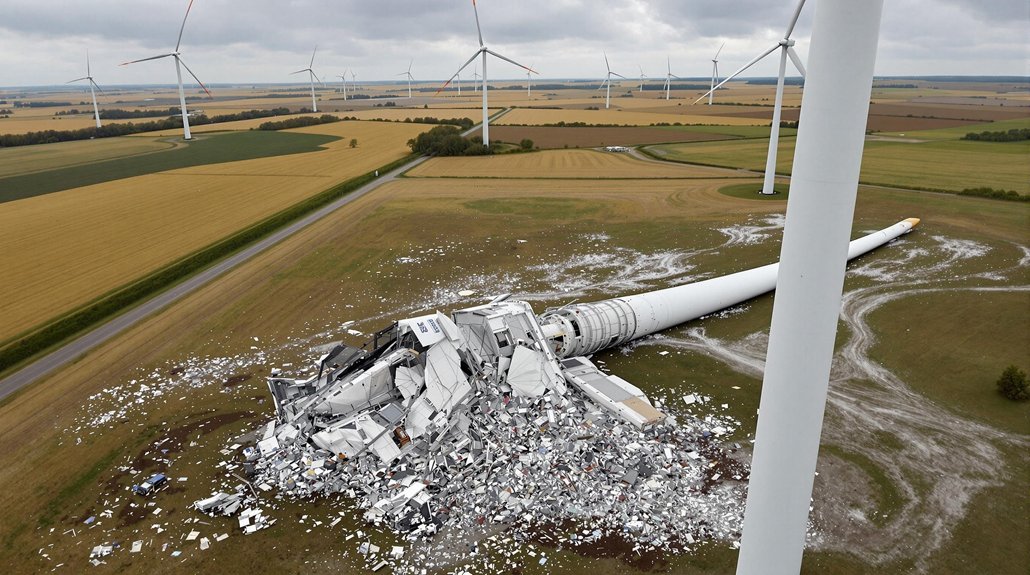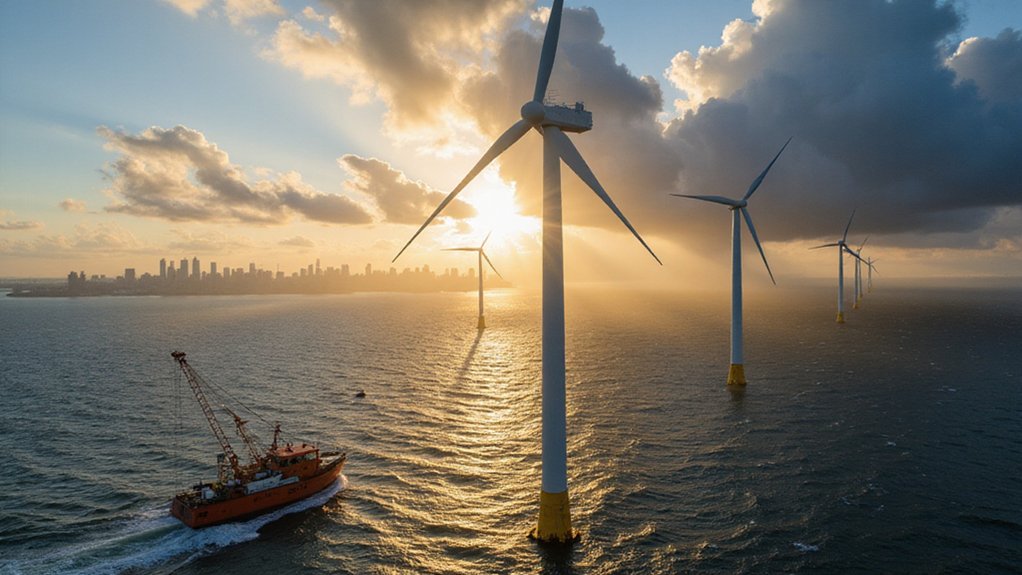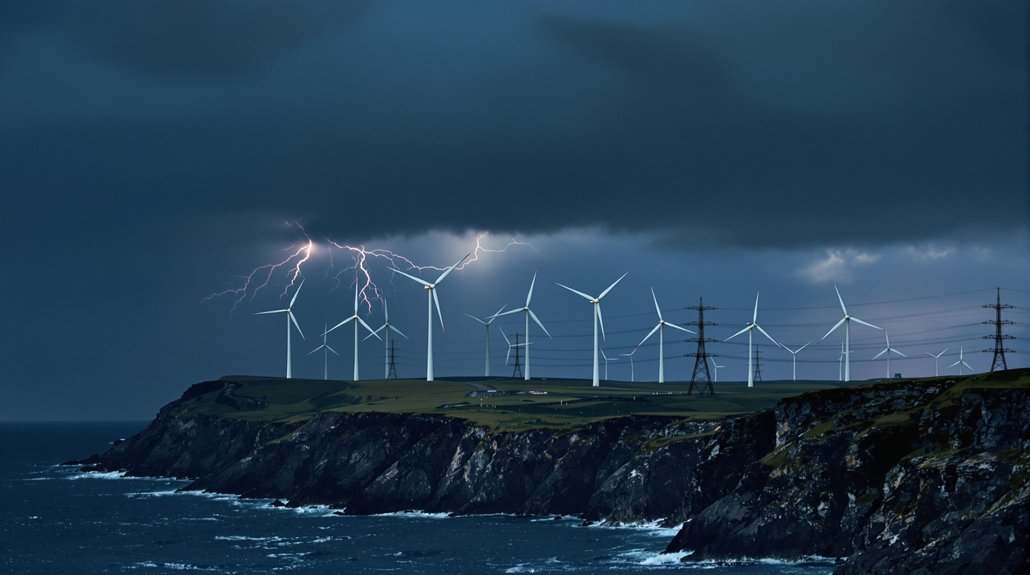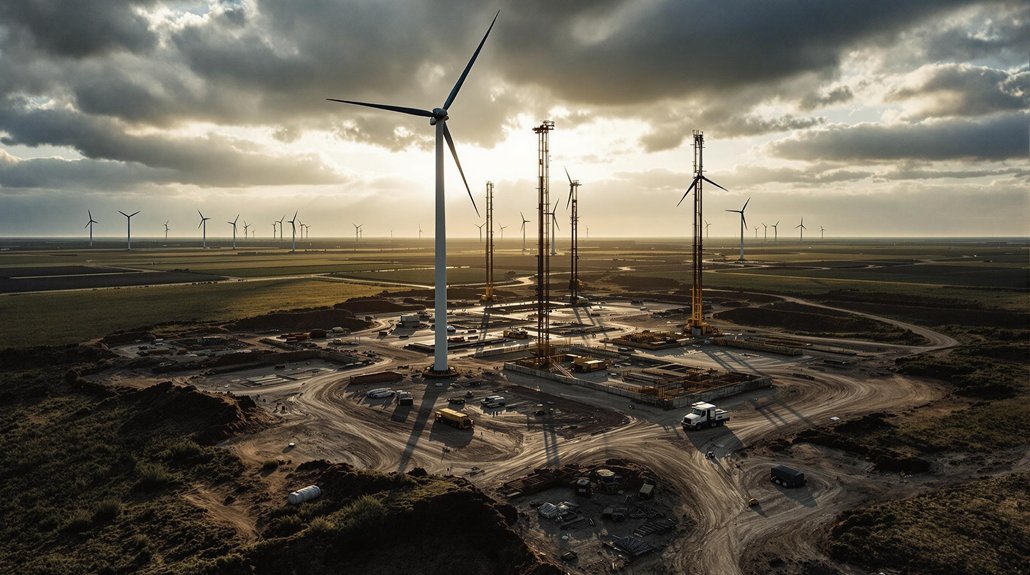Dow Chemical CEO Jim Fitterling is shaking up the energy world. He’s demanding an energy transformation with prices slashed by half. The chemical industry faces a tough reality—energy needs will jump 50% by 2040. His four-pronged approach includes renewables, natural gas, hydrogen, and advanced nuclear. The wind industry got a blunt message: innovate or die. Jobs and manufacturing locations hang in the balance as this power play unfolds.
While the world debates climate solutions, Dow Chemical CEO Jim Fitterling isn’t waiting around. The industry titan has thrown down the gauntlet, calling for an energy transformation that could leave wind turbine manufacturers clutching their pearls. His message? Make clean energy half the current cost, or watch chemical manufacturing flee to cheaper shores.
“We need affordable energy yesterday,” Fitterling declared, outlining a four-pronged approach that has raised eyebrows across the renewable sector. His vision includes a diverse energy buffet – renewables, natural gas, hydrogen, and advanced nuclear. Not exactly the wind-only future some had planned.
The chemical industry’s energy appetite is no joke. Projections show a 50% increase by this approach aligns with concerns about baseload power requirements for industrial manufacturing, a key point in Rick Perry’s energy memo. 2040, and they’re supposed to cut carbon while they’re at it. Good luck with that math.
Fitterling’s not-so-subtle message to the renewables crowd: innovate or evaporate. His wish list includes synthetic hydrocarbons created from CO2 and sunlight, bio-based alternatives, and circular economy models that make today’s recycling bins look like child’s play.
The economics are brutal. Rising energy costs are kryptonite to chemical companies struggling to stay competitive globally. But there’s a silver lining – this transformation could create jobs and investments, assuming anyone can figure out how to make it affordable.
Tech innovations might save the day. Synthetic biology, advanced nuclear, and all-forms hydrogen are getting serious attention. Geothermal energy could be a game-changer with its 96% capacity factor and minimal land use requirements compared to other renewables. His collaboration with X-Energy on small modular reactors represents a serious push toward zero-carbon power solutions. Digital manufacturing could squeeze more efficiency from existing processes. Some green chemical techniques already slash carbon footprints by 65%.
Environmental wins are obvious – less greenhouse gas, reduced oil dependency, and solutions for the plastic waste crisis. Consumers want greener products, and they’re not shutting up about it.
Fitterling’s transformation isn’t just about saving the planet. It’s about saving an industry that can’t afford to keep powering 20th century chemistry with 21st century energy prices. The wind industry can either evolve or get blown away.
